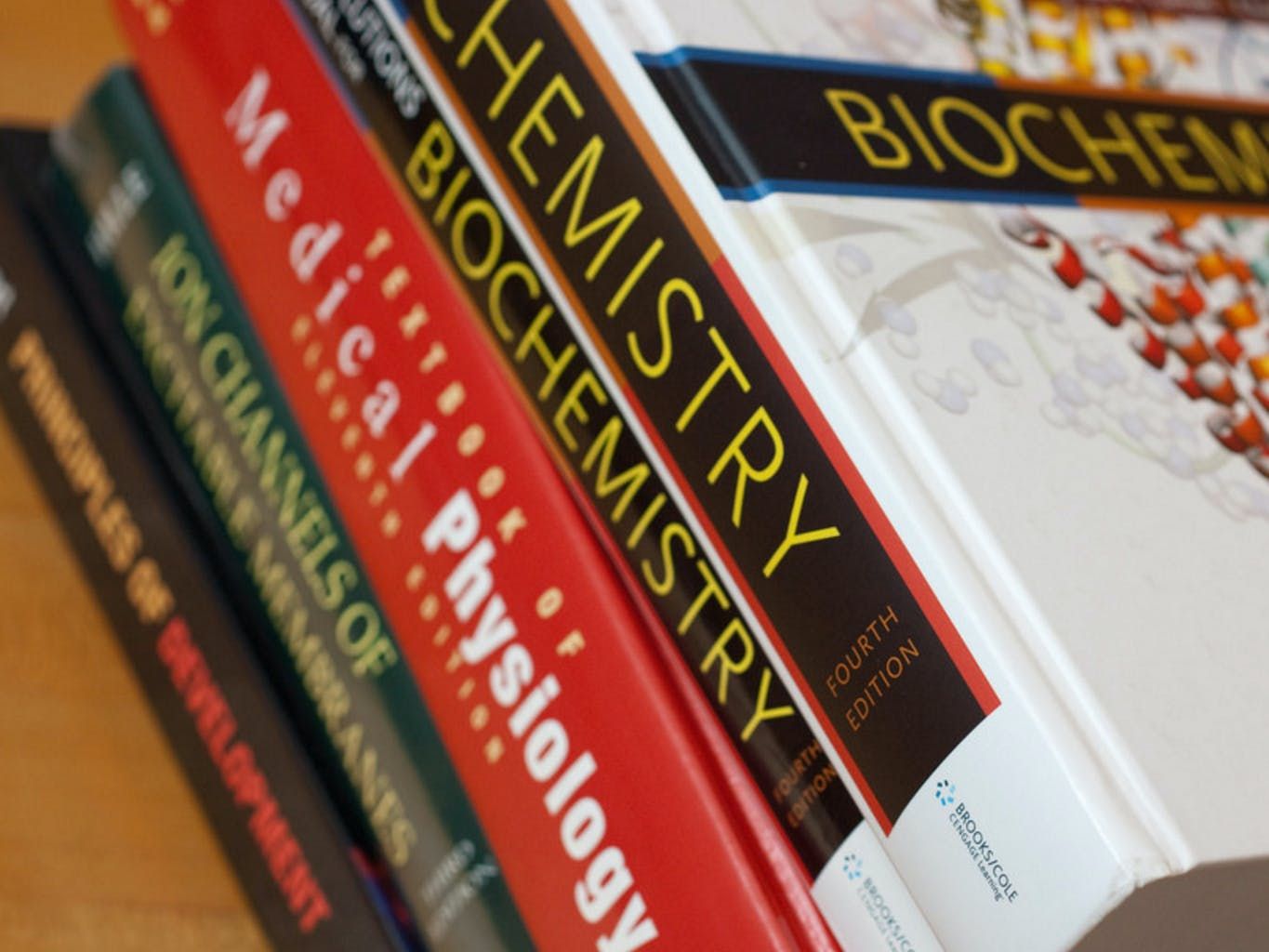Doctors Need Additional Medical Training
Marijuana sentiments have changed greatly in the United States over the past 20 years. California became the first state to legalize marijuana for medicinal purposes 20 years ago and today, 25 states and the District of Columbia now have legalized medical marijuana use. Despite that 50% of the states in the United States have some medical marijuana program in place, medical schools in the United States still do not include the benefits of medical marijuana in their curriculums. This lack of knowledge can leave doctors feeling ill equipped to make recommendations on medical marijuana.
Marijuana is a complex plant, made up of many different cannabinoids and other qualities that make it very beneficial for patients experiencing a wide array of medical conditions. Marijuana also comes in many different strains and can be administered in a variety of ways, leaving many doctors feeling overwhelmed with the number of options and possibilities for treatment. In most states, doctors are simply required to verify that a patient has a condition that makes them eligible for medical marijuana use. Many doctors feel as if they should know more about the product and be able to guide their patients in the right direction as they start using medical marijuana, rather than just approving them for the program. A 2013 study out of Colorado showed that 80% of doctors surveyed said that physicians should receive medical training on marijuana before prescribing it to patients.
Doctors who are well versed in cannabis are also alarmed by the lack of marijuana knowledge that many of their colleagues have. HelloMD’s Chief Medical Officer, Dr. Perry Solomon, has described the gap in marijuana education as something that needs to be urgently addressed,
“Education of physicians regarding cannabis is a vital link that is now, for the most part, missing from the cannabis ecosystem. The vast majority of medical schools do not teach anything regarding the endocannabinoid system or cannabis in general. They do, however, teach about the opioid epidemic in the United States and how to treat a person who appears in the ER with a heroin or prescription drug overdose. Yet they do not mention a word about cannabis, a viable alternative for pain control.”
Continuing Education
Some states require continued education courses for doctors who desire to give marijuana recommendations, and many doctors are in favor of these moves. New York has a physician registration process for doctors, which requires a certification process. Doctors must attend a 4 hour class and pay $249 to be able to prescribe marijuana. This education is part of a larger registration process that 656 doctors in the state have completed. Other states are interested in following in the footsteps of New York to establish their own registration and education processes. In Massachusetts, doctors are required to take marijuana education courses offered by the American Medical Association. Other states are developing programs to educate their doctors on medical marijuana or recommending doctors seek alternate education from programs like the Medical Cannabis Commission. Dr. Perry Solomon expressed his concern that these current programs alone are not enough, “This type of education is a good start, but physicians need to stay current since the number of strains that exist, as well as the amount of various products available, are constantly growing.”
Education Should Go Mainstream
This education gap that physicians experience highlights the lack of formal research available on medical marijuana. The extremely limited amount of studies on marijuana, due to its position as a Schedule I substance by the DEA, limits what doctors are taught. Doctors are also more wary of cannabis because of its Schedule I classification, “Doctors who have current practices don’t want to learn about cannabis because it is a Schedule I drug, and they think it may negatively impact their medical license. There are a few courses given to learn about cannabis, but unless you are able to recommend it to your patient, most physicians don’t want to bother,” expressed Dr. Perry Solomon. Despite its standing with the DEA, cannabis has shown to be extremely beneficial for a range of medical conditions. There are large amounts of the information available on the efficacy of cannabis, though it is mostly anecdotal.
There is some new hope, however, for bringing marijuana into the mainstream of doctors education. In February of 2016, a new textbook on medical marijuana was released called Medical Cannabis, Basic Science & Clinical Applications. The book, which is written by Dr. Gregory Smith, explains the different types of medical cannabis available and what is most effective at helping particular conditions. The book also details how the human body processes marijuana and the possible side effects. This new textbook could be a crucial aspect in educating both doctors and medical students alike.
Do you have questions about this article? Ask a question in HelloMD’s new Answers feature. A doctor or member of our community will answer.
If you are new to cannabis and want to learn more, take a look at our Cannabis 101 post. HelloMD can help you get your medical marijuana recommendation; it’s 100% online, private and efficient.






